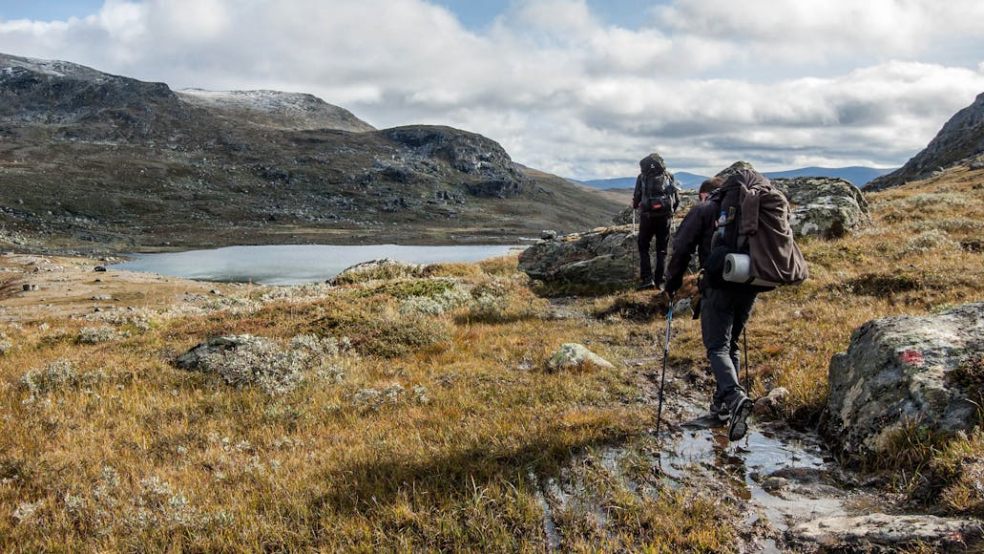
Kit That Makes Hiking Safer for Your Body
Hiking is an exhilarating way to connect with nature, challenge your body and explore beautiful landscapes. However, with its physical demands, hiking can also put a strain on your body, particularly your joints and muscles. To ensure a safe and enjoyable hike, it's essential to have the right equipment to protect and support your body. Whether you're an avid hiker or a beginner, using the proper gear can make all the difference in preventing injury and ensuring comfort throughout your journey.
Knee Supports: Essential for Joint Protection
One of the most common areas of concern for hikers is the knees. The repetitive motion of ascending and descending trails, especially those with steep inclines, can put considerable pressure on the knee joints. This stress can lead to discomfort, strains, or long-term damage, especially if you're carrying a heavy backpack or hiking on uneven terrain.
Knee supports are crucial for alleviating some of this strain. These supports help stabilise the knee joint, reduce swelling and provide compression, which can soothe any discomfort during or after a hike. Knee sleeves, braces or wraps can be particularly beneficial if you have a history of knee issues or are tackling particularly challenging hikes. Whether you're hiking on a flat path or navigating rocky terrains, a knee support for hiking from Bearhug helps to ensure that your body remains aligned and protected, reducing the risk of injury.
Footwear: Vital for Foot and Ankle Protection
Another vital piece of hiking kit is quality footwear. A good pair of hiking boots or shoes is essential for providing support to the feet and ankles, preventing blisters and offering traction on slippery or uneven surfaces. Hiking footwear should offer a firm, supportive fit that prevents excessive movement within the shoe, which can lead to sprains or strains. Additionally, proper arch support is key to maintaining good posture, which can reduce strain on the knees, hips and back.
Many hikers opt for boots that feature waterproofing, ensuring that their feet stay dry during wet conditions. This is particularly important for preventing foot injuries, such as fungal infections or blisters, which can be exacerbated by moisture.
Back Support: Reducing Pressure from Heavy Loads
Carrying a heavy backpack is another factor that can strain your body while hiking. The weight of your pack places stress on your shoulders, back and even your hips. Over time, this can lead to discomfort or long-term musculoskeletal problems. To reduce these risks, it's important to use a well-designed backpack that distributes the weight evenly across your body. Look for backpacks with padded shoulder straps and a hip belt, as these features help shift the weight from your back to your hips, reducing strain.
In addition to using a properly fitted backpack, you may want to consider adding back support straps or a lumbar pad for extra comfort. These accessories provide added cushioning and help to improve posture, further decreasing the risk of injury.
Trekking Poles: Support for Balance and Stability
Trekking poles are another essential tool for body safety on the trails. These poles offer extra stability and balance, particularly when traversing uneven or slippery terrain. They reduce the impact on your joints, particularly your knees, and help maintain proper alignment while hiking uphill or downhill. Trekking poles can also provide additional support when crossing streams or navigating narrow, unstable paths, reducing the likelihood of slips and falls.

















